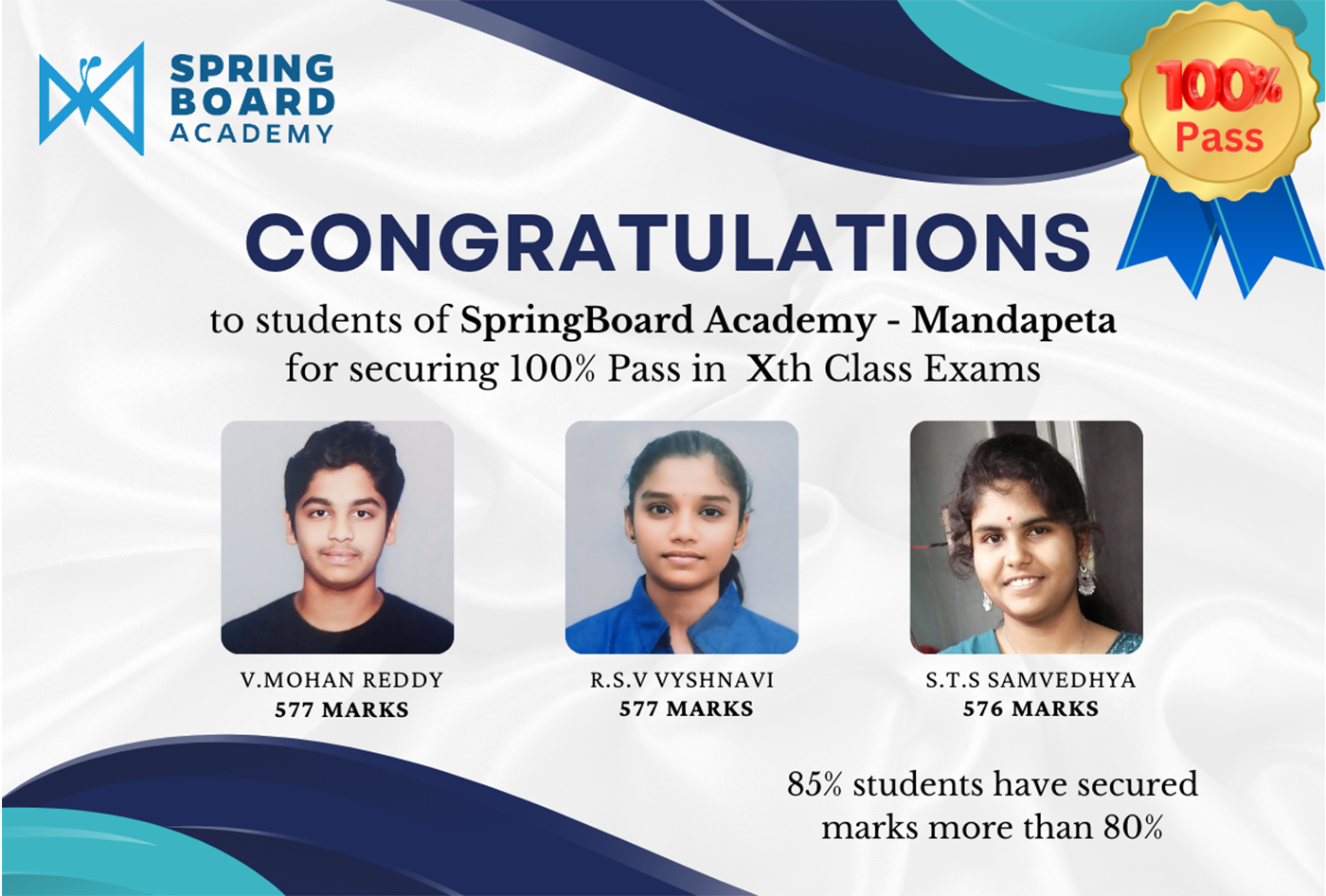Being ranked as one of the best Kindergarten schools, we provide the best of learning through different learning goals set for your kids which helps in overall enhancement of your kids physical, mental and social growth. This makes our Pre Primary schools distinctive from others. We recognize every kid to be an eccentric one at our PrePrimary school, there by promising you complete care and comfort of the child.
Comparison of Learning Goals across Pre-Nursery and Nursery
| AREAS | PRENURSERY (18 months – 30 months) | NURSERY (30 months- 42 months) |
|---|---|---|
| LANGUAGE DEVELOPMENT | Listening
Speaking
Pre – Reading
Pre-Writing
|
Listening
Speaking
Pre – Reading
Pre-Writing
|
| ENVIRONMENTAL AWARENESS |
|
|
| PHYSICAL DEVELOPMENT |
|
|
| PERSONAL – SOCIAL – EMOTIONAL DEVELOPMENT |
|
|
| CREATIVE DEVELOPMENT |
|
|
Comparison of Learning Goals across Kindergarten
| ENVIRONMENTAL AWARENESS | ||
|---|---|---|
| AREAS | Kindergarten (K1) (40-50 months) | Kindergarten (K2) (50-60 months) |
| Exploration and Investigation |
|
|
| Designing and Making |
|
|
| TIME |
|
|
| Place |
|
|
| Communities |
|
|
| Language and Literacy | ||
|---|---|---|
| AREAS | Kindergarten (K1) (40-50 months) | Kindergarten (K2) (50-60 months) |
| Language for Communication |
|
|
| Linking sounds and letters |
|
|
| Reading |
|
|
| Wrting |
|
|
| Physical Development | ||
|---|---|---|
| AREAS | Kindergarten (K1) (40-50 months) | Kindergarten (K2) (50-60 months) |
| Movement and Space |
|
|
| Health and Bodily Awareness |
|
|
| Using Equipment and Materials |
|
|
| Numeracy | ||
|---|---|---|
| AREAS | Kindergarten (K1) (40-50 months) | Kindergarten (K2) (50-60 months) |
| Numbers |
|
|
| Calculating |
|
|
| Shape, Space and Measures |
|
|
| Creative Development | ||
|---|---|---|
| AREAS | Kindergarten (K1) (40-50 months) | Kindergarten (K2) (50-60 months) |
| Being Creative |
|
|
| Exploring Media and Materials |
|
|
| Creating Music and Dances |
|
|
| Developing Imagination and Imaginative Play |
|
|
| Personal, Social and Emotional Development | ||
|---|---|---|
| AREAS | Kindergarten (K1) (40-50 months) | Kindergarten (K2) (50-60 months) |
| Dispositions and Attitudes |
|
|
| Self-confidence and Self-esteem |
|
|
| Making relationships |
|
|
| Self-care |
|
|

